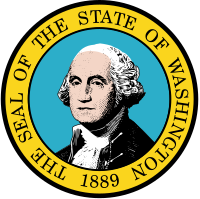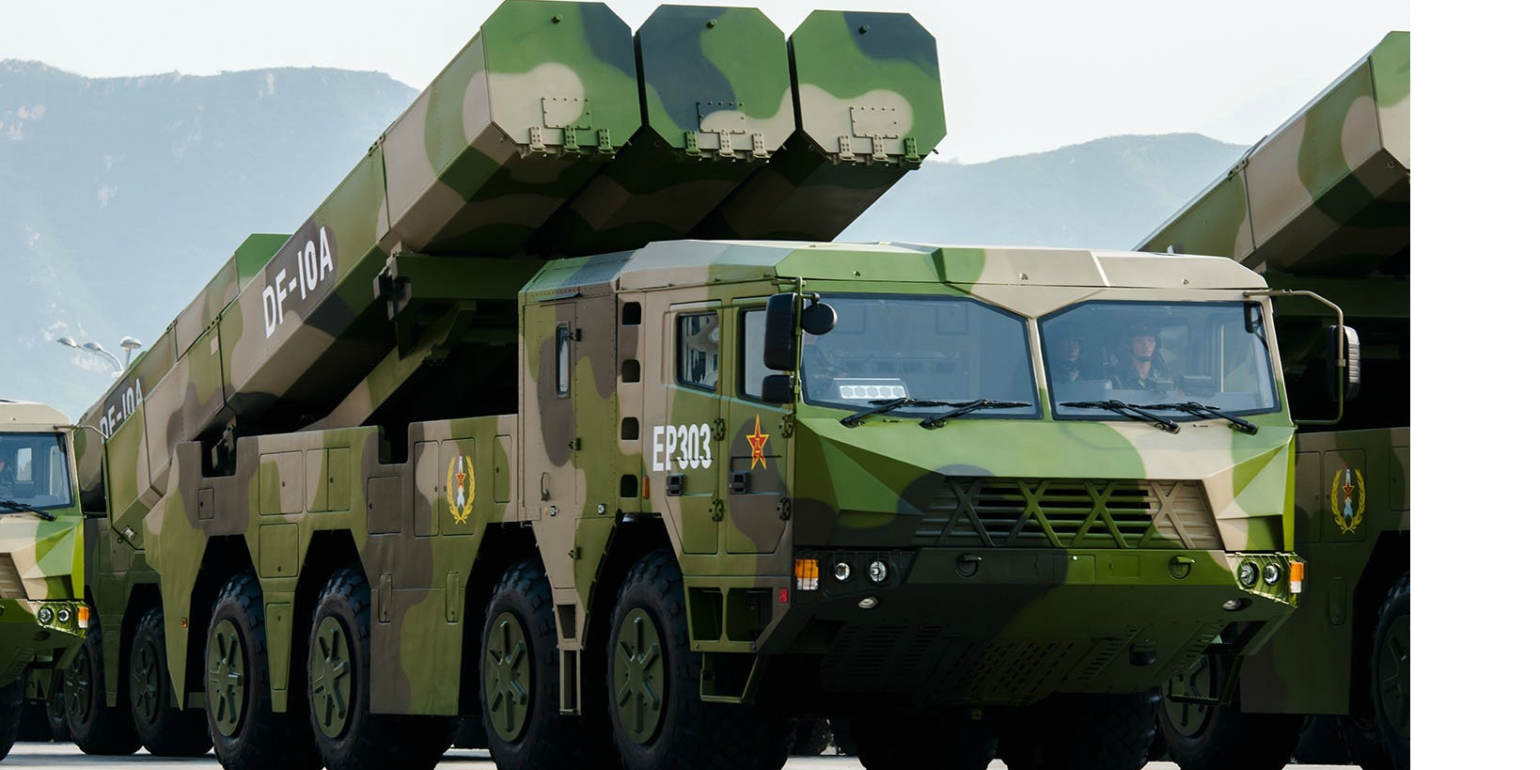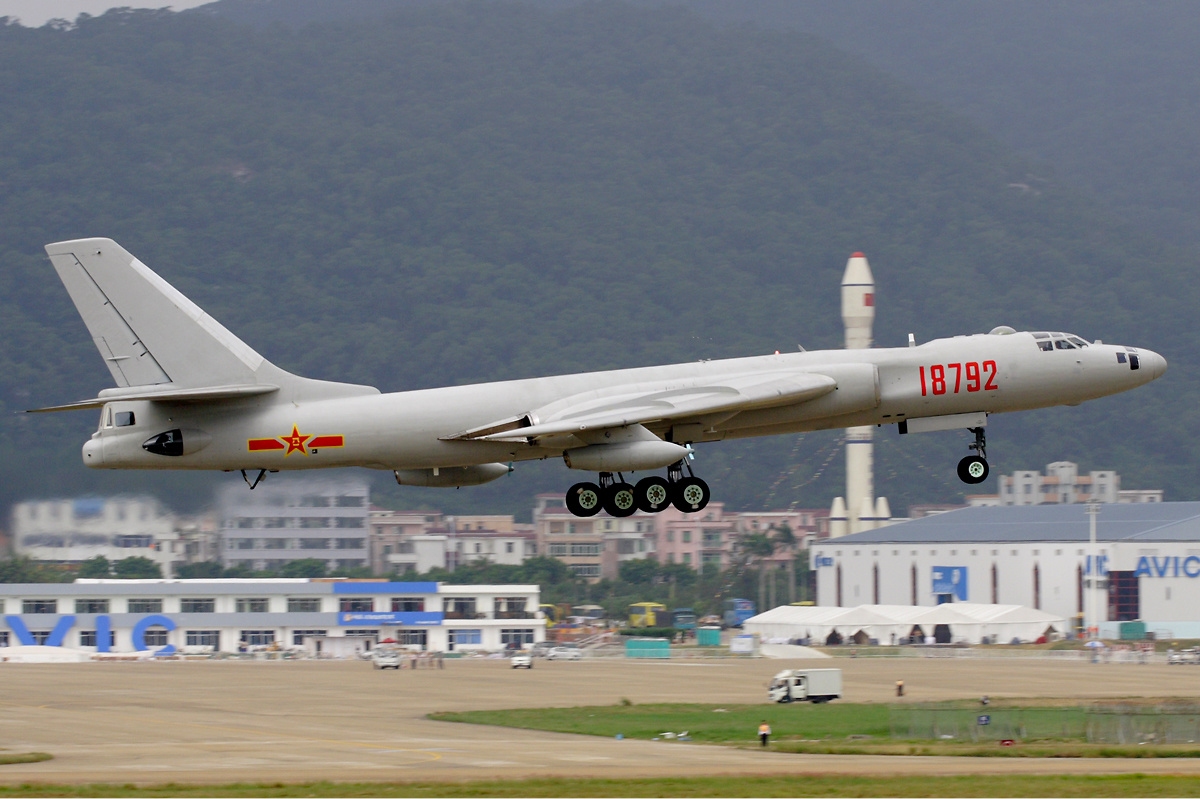Part 2 of 2 Parts (Please read Part 1 first)
The Seattle area would be a prime target for Russian attack. Twenty miles west of Seattle is the U.S. Navy Kitsap Base, home to U.S. nuclear armed submarines. It also houses the most deployed nuclear weapons of any military installation in the U.S. Kristensen said, “In a hypothetical nuclear war with Russia, the Kitsap base and its nuclear weapons storage site would almost certainly be attacked. It wouldn’t happen out of the blue but [would] be part of a significant escalation of a war. China might potentially target it as well in a nuclear war with the United States, although Chinese strategy is thought to be less focused on destroying nuclear targets and more about holding cities at risk.”
The detonation of a nuclear warhead begins with a white ball that expands into the well-known mushroom shaped cloud. The impact of a nuclear detonation on the Kitsap base would be so devastating that no one would survive in the immediate area of the blast. Further away from the center of the blast, emergency planning would be critical in reducing casualties and long-term fatalities.
There are two different types of blasts that could result from the use of a nuclear warhead. If a nuclear device explodes when it hits the ground, there will be more radioactive fallout because of the dirt and debris tossed up by the explosion. The other type of blast from a nuclear warhead would be an atmospheric detonation. More destruction would be experienced over a wider area but there would be less fallout.
Kristensen said that “Depending on wind direction and precipitation, radioactive fallout would require people to stay indoors for several days to avoid exposure to the most intense and short-lived radiation. Whether people would have enough warning to follow such plans and obey warnings to stay inside is another question.”
Washington State has an intimate relationship with nuclear weapons. The plutonium used in the first nuclear bomb ever detonated was processed on the Hanford Nuclear Reservation near the Tri-Cities in south central Washington.
In 1983, the federal government mandated that all U.S. states draw up plans for preparations for nuclear war including evacuation of major cities. The Washington State legislature passed a law to prevent such action being taken in Washington. The federal authorities threatened to withhold federal funds for some projects in Washington and the Washington Governor told them to go ahead. There was strong public sentiment in Washington for ending the Cold War and reducing nuclear weapon stockpiles. Washington authorities were also concerned that the Soviet Union might decide that drafting plans to deal with nuclear attacks might be a signal that the U.S. was planning on attacking the Soviet Union.
Kristensen said, “The Trump administration’s own military strategy warns about growing military threats and what it describes as ‘Great Power Competition with Russia and China. Moreover, in the near future, North Korea might also develop the capability to attack the continental United States with nuclear weapons. Having said that, compared with so many other potential threats to people, I don’t think a nuclear attack against Kitsap is something ordinary people should worry about on a day-to-day base. But it’s something authorities should probably take into consideration in their emergency planning.”
Blog
-

Nuclear Weapons 709 – Effects Of Nuclear Attack On Seattle – Part 2 of 2 Parts
-
Nuclear News Roundup Nov 22, 2019
-

Geiger Readings for Nov 22, 2019
Ambient office = 119 nanosieverts per hour
Ambient outside = 133 nanosieverts per hour
Soil exposed to rain water = 135 nanosieverts per hour
Red bell pepper from Central Market = 75 nanosieverts per hour
Tap water = 90 nanosieverts per hour
Filtered water = 70 nanosieverts per hour
-

Nuclear Weapons 708 – Effects Of Nuclear Attack On Seattle – Part 1 of 2 Parts
Part 1 of 2 Parts
When I was a kid, the U.S. and the Soviet Union were engaged in what was called the Cold War. At its peak, both countries had tens of thousands of nuclear warheads, many aimed at each other. We practiced in our classrooms what to do if nuclear war broke out. There was a lot of disinformation in those days, but the biggest lie of all was that one country could stage a nuclear attack on another country and, somehow, come out the winner. One Congressman even said, “If only one person is left alive after a nuclear war, I want that person to be an American.” It has become clear, over the years, that the detonation of as few as one hundred nuclear warheads could destroy human civilization and might result in the extinction of the human race.
When the Cold War ended with the collapse of the Soviet Union around 1991, it was hoped that there could be a “peace dividend” because the U.S. would not have to spend billions of dollars on nuclear weapons. Unfortunately, nuclear nations did not disarm and continued to maintain and upgrade their nuclear arsenals in the name of deterrence. The world has managed to seriously reduce the stockpiles of nuclear warheads but the U.S. and Russia still have thousands of nuclear warheads, many still aimed at each other.
The relationship between the U.S. and Russia has been deteriorating from several years. Russia has been threatening other nations with nuclear weapons for years. They send nuclear bombers through other countries airspace without permission or notice. They sail nuclear subs through the territorial waters of other countries without permission or notice. They consistently tout horrible new nuclear weapons. The U.S. is spending billions of dollars upgrading the U.S. nuclear arsenal and there is talk of withdrawing from major nuclear weapon reduction treaties.
The area around Seattle, Washington is one of the major targets for Russia nuclear warheads because of the military bases in the area. Recently, Hans M. Kristensen with the Federation of American Scientists spoke of the possible consequences of a nuclear attack on Seattle.
The biggest atomic bomb ever detonated was built by the Soviet Union and called the Tsar Bomba. It was equivalent to fifty megatons of TNT. If such a bomb was dropped into the middle of Seattle, it is estimated that over a million people would die immediately and more than a million people would be injured.
The bomb that was dropped on Hiroshima, Japan by the U.S. at the end of World War II was called “Little Boy” and was equivalent to fifteen thousand tons of TNT. It has been estimated that if Little Boy were dropped on Seattle, about seventy-five thousand people would be killed immediately and almost a hundred thousand people injured. There are almost three quarters of a million people living in Seattle. Losing twenty percent of its population to even a small nuclear warhead would devastate Seattle and the surround area.
Please read Part 2 -

Geiger Readings for Nov 21, 2019
Ambient office = 103 nanosieverts per hour
Ambient outside = 89 nanosieverts per hour
Soil exposed to rain water = 94 nanosieverts per hour
Avocado from Central Market = 61 nanosieverts per hour
Tap water = 118 nanosieverts per hour
Filtered water = 105 nanosieverts per hour
-

Nuclear Weapons 707 – New Chinese Missile – Part 2 of 2 Parts
Part 2 of 2 Parts (Please read Part 2 first)
Another possible explanation for the H-6N modifications was published in the South China Morning Post. That article speculated that the H-6N would be capable of carrying the new big supersonic semi-autonomous drones that were also shown during the National Day parades.
An anonymous military source told the Post that “The semi-recessed area under the fuselage of the H-6N is designed to carry either the WZ-8 or the CJ-100.” The WZ-8 is a supersonic drone. The CJ/DF-100 is a big new missile.
The Chinese have bragged in the past about preparing a ballistic missile capability for its strategic bombers. Last August, the Chinese Global Times stated that the H-6 was “expected to be armed with hypersonic weapons.” Such weapons required ballistic missiles in order to boost them up to five times the speed of sound.
Li Peng is a H-6K pilot. He told the Chinese Central Television (CCTV) service that “With China developing hypersonic weapons in recent years, its attack range and speed could become even greater than a conventional cruise missile, potentially capable of taking out targets deep within hostile territories 3000 kilometres away within just a few minutes.” The unique appearance of the H-6N strategic bomber suggests that such capabilities are nearing deployment.
The CJ/DF-100 missile is bigger than the CJ-10 missile currently carried by the H-6K bomber. This would require that the CJ/DF-100 be mounted on sturdier attachment points under the fuselage instead of being mounted on underwing pylons. This would explain the recessed fuselage on the H-6N. The CJ/DF-100 would allow a supersonic strike range of two thousand kilometers which would add five hundred kilometers to the range of the older CJ-10. The anonymous source told the Post that “So, in theory, the CJ-100 could take the H-6N’s strike range to about 6000 kilometres.”
In recent years China has been concerned about the power of the U.S. navy aircraft carrier strike groups. They have sought to counter this by developing long-range, ultra-fast guided missiles. The intention would be to overwhelm the escorts and defenses of the nuclear-powered U.S. carriers long before the carrier could send out their strike aircraft.
The 2018 China Power Report from the Pentagon stated that China tested a Dong-Feng-12 medium ballistic missile modified to be mounted on aircraft. A more recent report said that DF-15 and DF-21 ballistic missiles are being modified so they can be launched by H-6N strategic bombers. The DF-15 carries a conventional warhead and the DF-21 carries a nuclear warhead.
The U.S. aircraft carriers will have to sail through an expanded “danger zone” before they will be able to deploy their F-35 stealth fighters and missiles against an enemy. The H-6N Chinese bombers will be able to force Western navies to cross a six thousand kilometer danger zone.
China does admit that their bombers will face serious challenges in any conflict. The H-6 strategic bombers do not have stealth technology to protect them. If China wants to hit targets far off in the Pacific Ocean, they will have to run a gauntlet of defensive weaponry between Japan, Taiwan and the Philippines. A Peoples Liberation Army statement was released which said, “The new bomber is still unable to break the first island chain because it is not a stealth bomber and is easier to detect by an opponent’s radar systems.” There have been no details released on the next generation stealth Xian H-20 which is expected to be deployed in 2025. -

Geiger Readings for Nov 20, 2019
Ambient office = 102 nanosieverts per hour
Ambient outside = 93 nanosieverts per hour
Soil exposed to rain water = 96 nanosieverts per hour
Bartlett pear from Central Market = 64 nanosieverts per hour
Tap water = 77 nanosieverts per hour
Filtered water = 66 nanosieverts per hour
-

Nuclear Weapons 706 – New Chinese Missile – Part 1 of 2 Parts
Part 1 of 2 Parts
Recently I posted about the Chinese nuclear arsenal and their nuclear policy. In that post, I talked about what nuclear weapons and delivery systems they have and their publicly stated policy with respect to what circumstances would cause them to employ nuclear weapons. Today, I am going to talk about a particular new nuclear Chinese weapon that may have been accidentally revealed.
The Chinese government publishes a magazine called Modern Ships. They have just produced an edition which contained high-resolution computer-generated images of their strategic bomber fleet including their most recent addition called the H-6N. The image of the H-6N bomber showed a very large ballistic missile mounted under its fuselage. The missile shown appears to resemble a well-know family of ballistic missiles that have been deployed by the China’s People’s Liberation Army Rocket Force (PLARF). The purpose of these missiles is to attack and sink enemy aircraft carriers.
When the international press began to speculate about the identity and possible use of the new missile shown, the Chinese state-owned Global Times immediately claimed that “The images are computer generated, merely conceptual and have no official background.”
Western defense analysts were very concerned about the missile shown in the Modern Ships photo spread. Malcom Davis is an analyst for the Australian Strategic Policy Institute. He said “If (this) is correct then this would be an impressive anti-ship standoff capability for the PLA (People’s Liberation Army), that would extend the utility of the DF-21D out well beyond the first island chain. That would theoretically match the ground-launched DF-26 anti-ship capable (intermediate ballistic missile), and increase the risk for US aircraft carrier battle groups … the Chinese are clearly trying to make it costlier for the US to project power into the western pacific, to the point where the US simply chooses not to intervene in a crisis.”
The DF-21D or Dong-Feng 21 is a two-stage solid-fuel rocket, single-warhead medium-range. The Dong-Feng series of missiles was first deployed around 1991. The missiles in the series can carry a variety of warheads and be used for a variety of purposes. The DF-21D is thought to be the first anti-ship ballistic missiles (ASBM).
People interested in international weaponry have pointed out some interesting things about the N version of the Xian H-6 series of strategic bombers. This version was first shown to the public during the Seventieth National Day parade in October of this year. The state-controlled Xinhua new service stated that the H-6N was a “homemade strategic bomber capable of air refueling and long-range strike”.
When three of the H-6N bombers flew over the parade grounds in Beijing, military analysts noticed that there were no bomb-bay doors on the bombers. In place of the bomb-bay doors, the bombers had new heavy-duty attachment points positioned in a groove along the center-line of the fuselages. The bombers also had modified, extended nose-cones and air-to-air refueling nozzles.
These observations triggered a lot of speculation. The consensus of many observers was that the changes that were seen might enable those bombers to carry large, nuclear-capable or hypersonic-speed ballistic missiles. If these speculations are correct, that would make China only the second nation to have such capability.
Russia has an air-launch ballistic missile called the hypersonic Kinzhal in 2017. It was mounted under a MiG-31 interceptor that was part of the Soviet arsenal during the Cold War.
Please read Part 2
